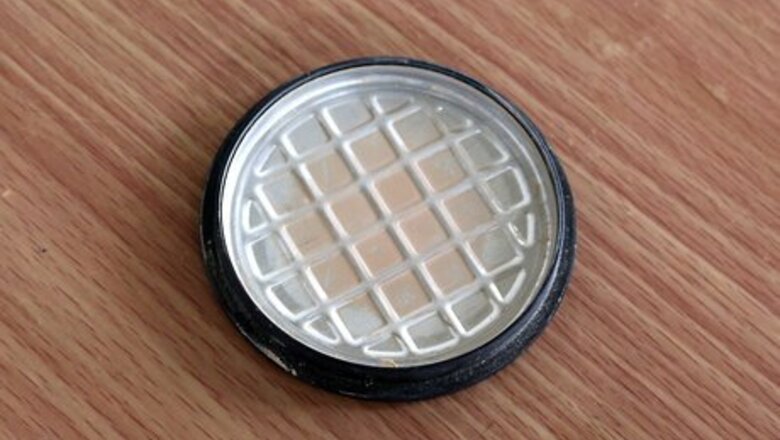
views
- Pour loose powder into a bowl and mix it with a drop or two of isopropyl or rubbing alcohol.
- Transfer the mixture into an old compact, a pill box, or another flat, plastic container.
- Press a paper towel lightly into the powder and let it stay there for 24 hours until the powder has dried fully.
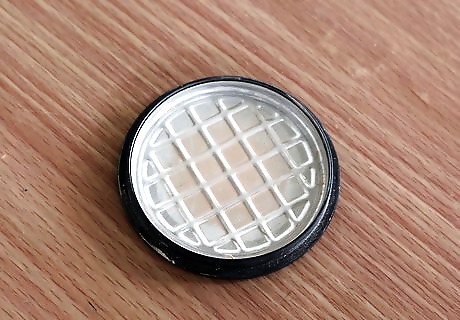
Find a suitable container. Preferably use an old, cleaned out compact or a new one but you could also use a pillbox, flat plastic container, and so on. The main thing is that the item be clean and dry.
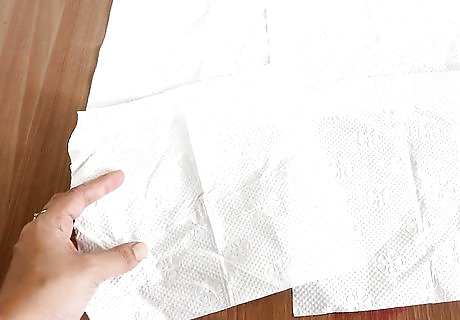
Spread paper towel down over the workspace. It is probable that some powder will spill and this makes it easier to clean up after.
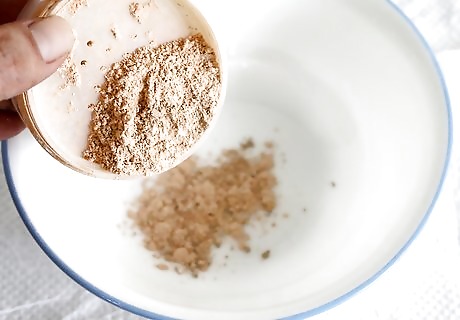
Place the loose powder into the bowl. The amount is up to you but if you don't want to use loose powder at all, you can use it all up provided you have room for it in the container.
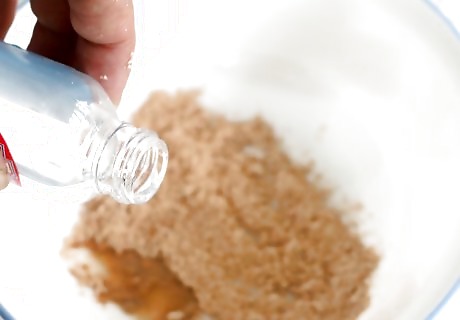
Add a drop or two of the the isopropyl or rubbing alcohol. Stir with the toothpick, a spoon, or other implement until the mixture forms a creamy texture. Aim for a thickened paste. Make it as smooth as possible, realizing that complete smoothness is unlikely.
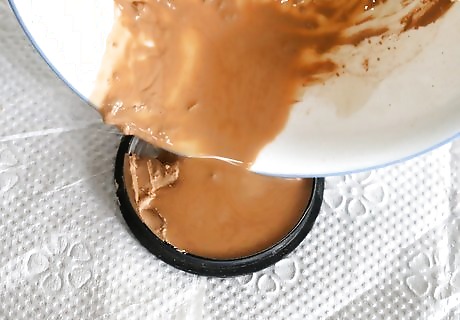
Transfer the paste to the powder compact or other container you're using. Use a teaspoon or similar to move it from the bowl to the compact, patting it down as firmly as the paste will allow, to try to make it sit evenly in the container.
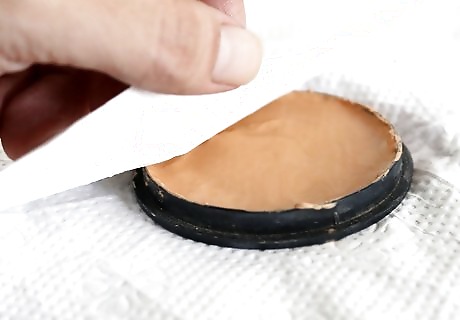
Cover with a piece of tissue paper or paper towel. Note that paper towel will leave any imprint from the design on the paper towel; you might like that pattern and it doesn't affect the quality of the powder. Press in place very gently, without pushing the powder paste out.

Leave to dry. The powder must be left completely alone for 24 hours. Do not remove the paper layer until this time has passed.
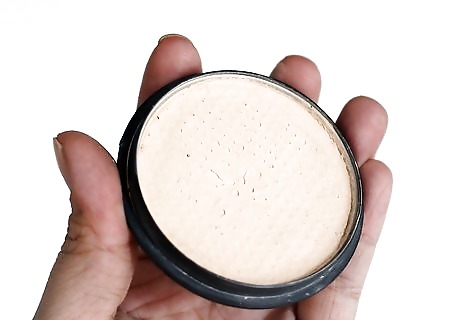
Done. Once dried fully, the compact powder is now ready for use. No more loose powder, you can now treat this as you would any form of compact powder.

















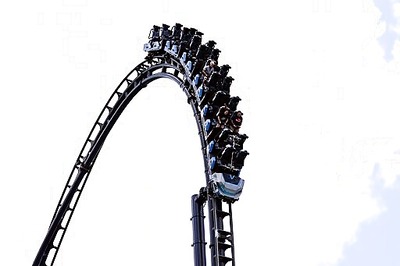
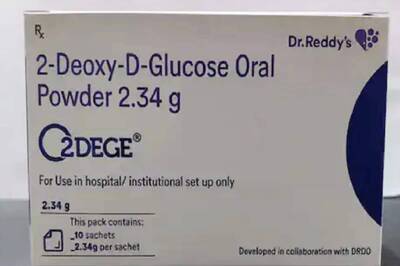

Comments
0 comment